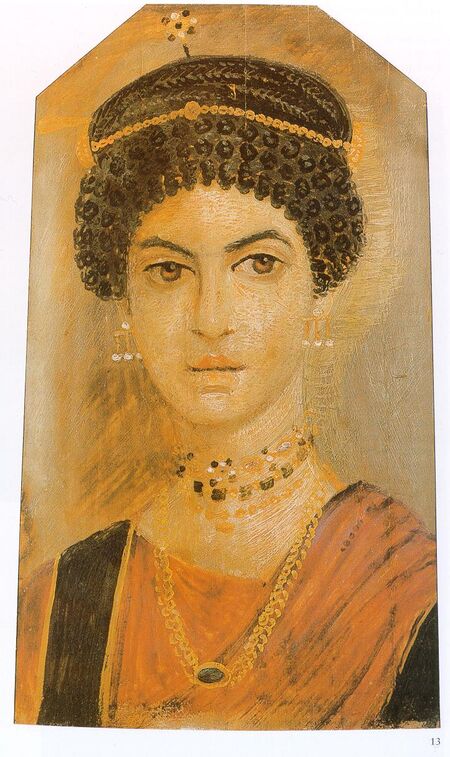Arvo Pärt - "Stabat Mater" for Choir and String Orchestra
Composer: Arvo Pärt
 Άρβο Περτ - Βικιπαίδεια
Άρβο Περτ - Βικιπαίδεια
Conductor: Kristjan Järvi
Rundfunk-Sinfonieorchester Berlin
RIAS
Description choral score
When Arvo Pärt sets words to music, he gives the impression of having entered into the depths of his chosen text and returned to the surface with an entirely fresh impression of what it's all about. This is certainly true of his Stabat Mater, and yet the result is to reaffirm the traditional significance of the text and to place the work securely in the long line of settings that includes those of Josquin Desprez, Lassus, and Palestrina, and in modern times Poulenz and Penderecki. Pärt achieves this partly by the purity and simplicity of his musical language, and partly by the way in which he draws such powerfully expressive music directly out of the rhythms and forms of the text, so that it almost seems as if the words have composed the music. That Stabat Mater poem is thought to be of 13th century Franciscan origin, though its earlier attribution to Jacopone da Todi is now generally discounted. It has the standard form of the late medieval sequence, forming a series of three-line verses, linked in pairs by rhyme, with a fixed number of syllables (8, 8, 7) in each line. Pärt uses a technique which he named "tintinnabuli" after its affinity with the way the sounds of a bell lingers as it fades into silence. A central feature of this style is his use of the number of syllables in each word to determine the shape of the melodic line. This immediately creates variety, as some lines consist of several words with only one or two syllables, while others have only two words with as many as six syllables. The text is then divided up into four sections (of 2, 3, 3, 2 strophes), each section separated by an instrumental interlude. In these interludes the music is suddenly more active, though still based on the text's underlying rhythmic pattern. The work begins with the same fundamental rhythm - but played in its slowest tempo, first high on the strings and then joined by the voices singing Amen - and ends with a mirror version of this same music.


Δεν υπάρχουν σχόλια:
Δημοσίευση σχολίου